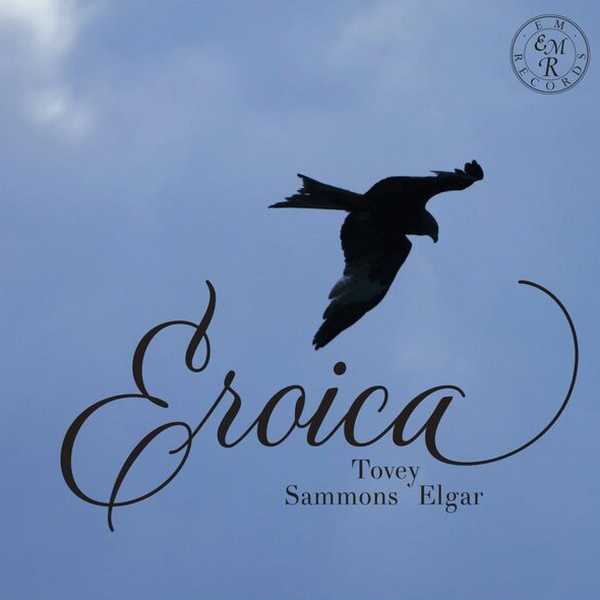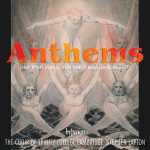

Composer: Edward William Elgar, Albert Edward Sammons, Donald Francis Tovey
Performer: Rupert Marshall-Luck
Format: FLAC (tracks)
Label: EM Records
Catalogue: EMRCD079
Release: 2023
Size: 1.19 GB
Recovery: +3%
Scan: yes
Tovey: Sonata eroica for solo violin, op.29
01. Maestoso e sostenuto, quasi un poco adagio
02. Scherzo: Vivace
03. Andante tranquillo –
04. Fuga. Allegro moderato e pesante ma con fuoco
Sammons: Virtuosic Studies, op.21
05. Study no.1: Allegro moderato
06. Study no.3: Moderato
07. Study no.8: Moderato
08. Study no.9: Allegro moderato
09. Study no.19: Allegro
10. Study no.26: Moderato
11. Study no.33: Presto
12. Study no.35: Allegro
Elgar: Études caratéristiques pour violon seul, op.24
13. A. Allegro
14. B. Allegro
15. C. Allegro
16. D. Presto
17. E. Allegretto
The new recording from EM Records features works by Edward Elgar, whose fiery and technically complex tudes caractristiques date from the early part of his career; and Donald Francis Tovey, who, in his emotionally wideranging Sonata eroica, pays homage to Bach. The disc also presents a selection of the Virtuosic Studies by Albert Sammons, the violinist who made benchmark recordings of Elgar’s Violin Sonata and Concerto and who made a highly significant contribution to British violin-playing in the early years of the twentieth century. These are being recorded here for the first time.
Dedicated to the violinist Adolf Busch, Donald Francis Tovey’s Sonata eroica was composed in 1913. In common with many works in this genre, it owes much to the solo-violin works of J. S. Bach, most obviously with the inclusion of a fugue this, like Bach’s own fugue, in the same key, of the Sonata for Solo Violin, BWV 1005, exploits the inversion of its subject during its course but also in the character and the texture of the Scherzo, which recalls the Presto and Allegro movements from Bach’s solo sonatas and partitas, and in the colour and the structure of the Andante tranquillo.
Albert Sammons is best remembered today as an executant violinist, well-known for his association with the violin works of Elgar as well as with such concertos as those by Moeran and Delius. The Virtuosic Studies for the Daily Practice of the Violin are divided into two volumes, the first containing twenty studies, the second, eighteen. Many of them focus on one or two particular aspects of violin technique: some are concerned with the development of facility in various styles of bowing, for instance, whilst some develop left-hand dexterity in the context of rapid scales and arpeggios or position-shifting; and, as such, their appeal lies more in their value to violinists rather than as concert works. Certain of them, however, such as no.9 and no.33, have a more immediate musical impact, and those represented on this recording showcase some of these examples whilst also seeking to present a small cross-section of the disciplines that the Studies explore.
Elgar’s Etudes caracteristiques date from 1892, and, like Tovey’s Sonata eroica, they follow a model: in this instance, the other keystone of the solo-violin repertoire, Paganini’s Caprices, op.1. The five pieces are highly demanding, each exploring a different aspect of advanced violin technique.



